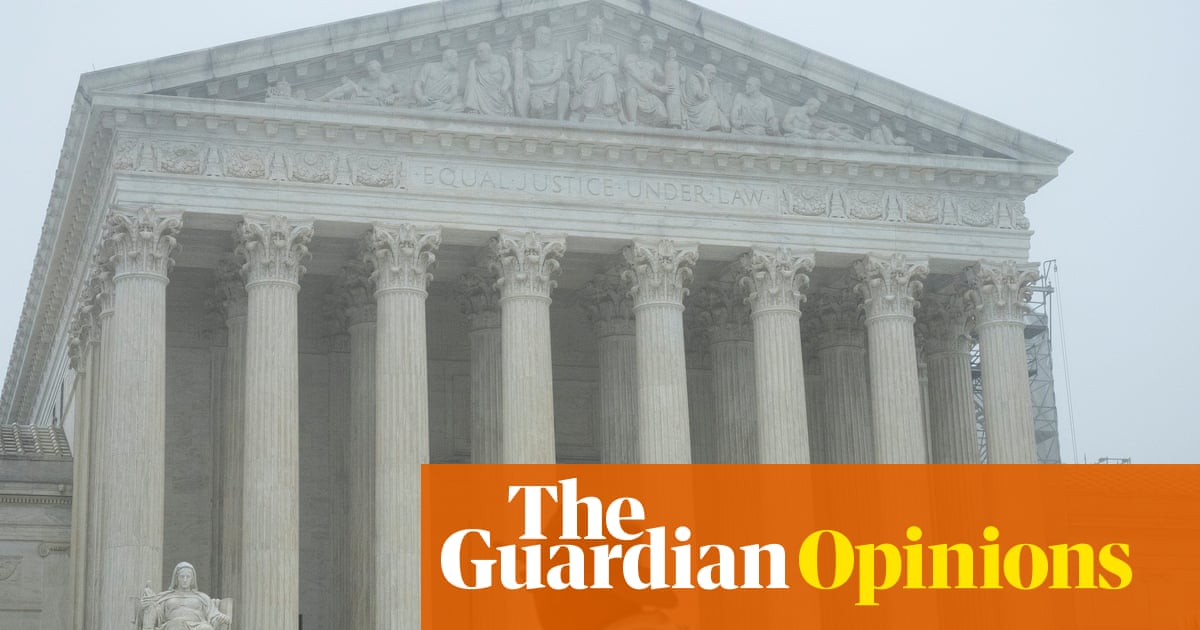When an earthquake rips along the Cascadia Subduction Zone fault, much of the U.S. west coast could shake violently for five minutes, and tsunami waves as tall as 100 feet could barrel toward shore. But that’s just the start of the expected horrors.
Even if coastal towns in Northern California, Oregon and Washington withstand that seismic onslaught, new research suggests floodwaters could seep into many of these vulnerable communities for good. That’s because entire coastal shorelines are expected to drop by as much as 6½ feet when the earthquake strikes, according to new research, published Monday in the Proceedings of the National Academy of Sciences (PNAS).
Researchers analyzed seismic and flood modeling to produce some of the most detailed estimates of how the Cascadia earthquake would drop — or subside — coastal shorelines and found that it could affect more than double the number of people, structures and roads currently at risk. The effect will also worsen over time, as intensifying climate change raises sea levels further.
“This lesser talked about hazard is going to persist for decades or centuries after the earthquake,” said Tina Dura, the study’s lead author. “The tsunami will come in and wash away and it’s going to have big impacts, don’t get me wrong, but the lasting change of the frequency of flooding … that’s going to have to be dealt with.”
A team operates a vibracore rig in Siletz Bay, Ore., to collect deep sediment cores for tsunami deposit and paleoseismic analysis in 2022. The cores will help researchers better understand the history of past great earthquakes along the Cascadia subduction zone.
Dura said geologic fossil evidence shows that previous Cascadia earthquakes immediately dropped the land level and turned dry ground into tidal mudflats in estuaries along the Pacific Northwest.
“That’s going to happen again and we’ve built up a lot of those areas,” said Dura, who is an assistant professor of geosciences at Virginia Tech University. “That’s how we have ports there ... and that’s where we built towns, and all that area is gonna drop down maybe over a meter, up to two meters.”
The Cascadia Subduction Zone fault, which runs offshore along North America’s west coast from Northern California to northern Vancouver Island, represents a looming threat. The fault has the capability to produce a magnitude-9.0 earthquake, and a large temblor is expected there at least once every 450-500 years, on average. The last of those major quakes occurred in 1700.
The National Seismic Hazard Model suggests there is a 15% chance a magnitude-8.0 earthquake or stronger will rupture along the zone’s margin within the next 50 years.
When the fault rips, experts have said it will precipitate the worst natural disaster in the nation’s history. A 2022 state and federal planning exercise for a Cascadia earthquake predicted about 14,000 fatalities, more than 100,000 injuries and the collapse of about 620,000 buildings in the Pacific Northwest, including 100 hospitals and 2,000 schools.
The new research suggests that coastal planners must seriously reckon not only for the threat of intense shaking and tsunami waves, but also for the long-term reshaping and rapid sinking of the coastline itself.
“There’s the flood itself and then there’s the basically permanent change to land level at the coast and that has a big impact for what those communities have to plan for,” said Harold Tobin, the director of the Pacific Northwest Seismic Network and a professor at the University of Washington. “Where are you going to put your school or hospital? Where are you going to build your transportation network? I think it’s important to take the long view.”
After the earthquake, Dura’s research suggests, large portions of towns along the Pacific Northwest coastline, such as Seaside, Oregon; Westport, Washington; and Aberdeen, Washington, would be expected to flood at least once every 100 years, if not more often.
The study also points out that sea level rise is accelerating as climate change intensifies, and the effects of post-earthquake flooding could worsen in the future.
A field team treks across the Salmon River estuary in Oregon carrying coring and surveying equipment to their next sampling site in 2023. Researchers mapped and sampled sediment deposits to reconstruct the geologic history of earthquake-driven subsidence.
Global mean sea levels have risen by about 8 to 9 inches since 1880, according to the National Oceanic and Atmospheric Administration. Sea level rise is expected to dramatically accelerate in coming decades because of global warming, with NOAA predicting another 10 to 12 inches on average by midcentury.
Where you live could determine how dramatic sea level rise appears, and how it affects the coastline.
While land in some regions of the U.S., like the Chesapeake Bay in Virginia, is slowly sinking in a process called subsidence, parts of the Pacific Northwest have been rising because of continental uplift. That rise in land level has offset some of the sea level rise to date.
The uplift is the result of stress building up within the tectonic plates that form the Cascadia subduction zone offshore. At the subduction zone, the Juan de Fuca plate is being forced beneath the continental North American plate. This causes the North American plate to bow upward slightly, pushing the land level higher.
Right now, the subduction zone fault is quiet and building stress. When the fault ruptures, the bowing of the plate will release and cause a rapid subsidence of the land level, essentially erasing centuries of uplift in an instant.
“That happens in minutes, and it can be on the order of meters,” Dura said. “The land persists down, and that can be for, like I said, decades and centuries. And so any areas that are kind of on the cusp of the floodplain are now in it."
This article was originally published on NBCNews.com

 German (DE)
German (DE)  English (US)
English (US)  Spanish (ES)
Spanish (ES)  French (FR)
French (FR)  Hindi (IN)
Hindi (IN)  Italian (IT)
Italian (IT)  Russian (RU)
Russian (RU)  4 weeks ago
4 weeks ago

























Comments